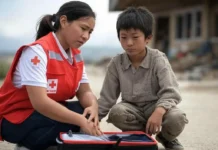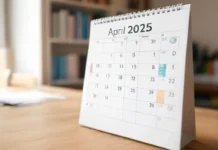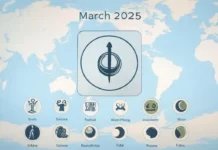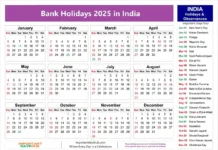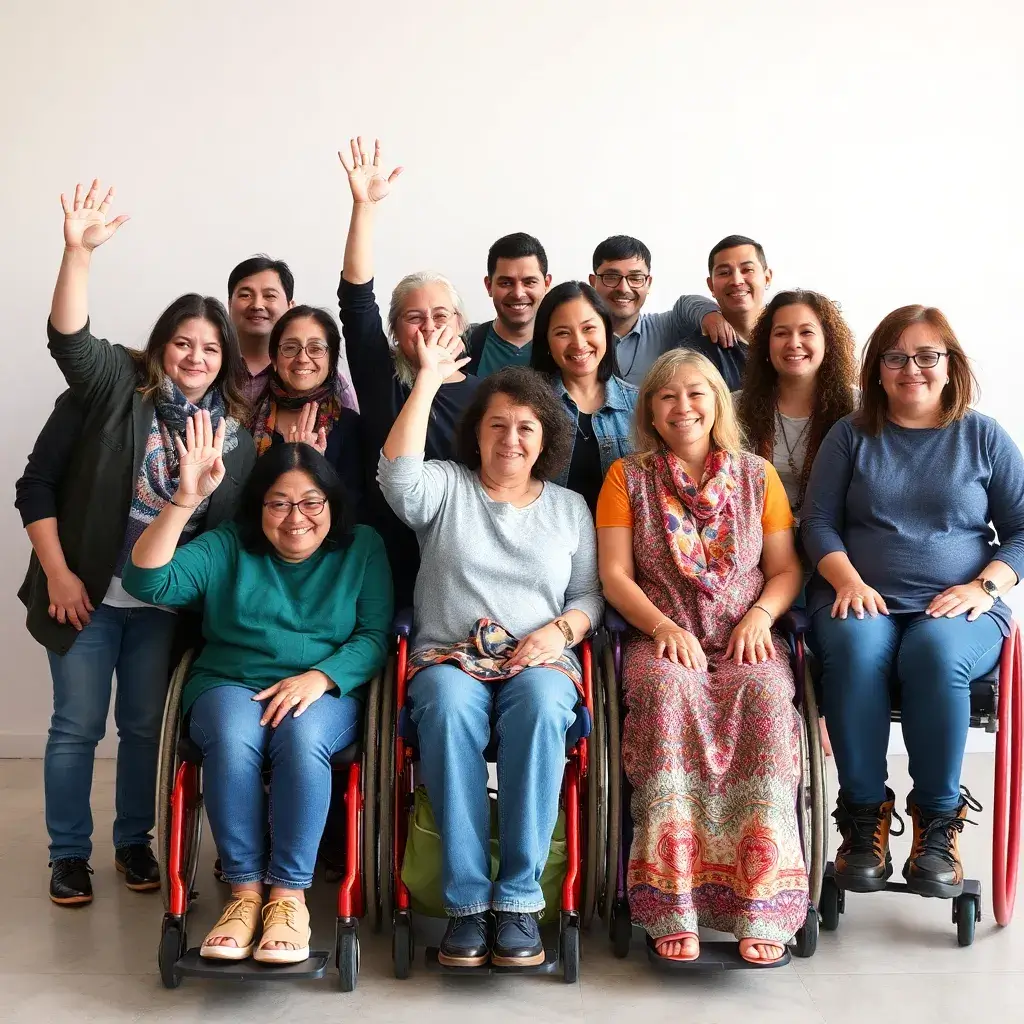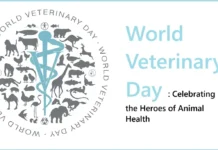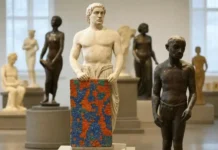The International Day of Disabled Persons, celebrated on December 3rd every year, serves as a reminder of the importance of inclusion, accessibility, and equal rights for people with disabilities. Established by the United Nations in 1992, this day aims to raise awareness about the challenges faced by disabled individuals and the barriers that prevent them from fully participating in society. The day also emphasizes the need for better policies, support systems, and a more inclusive world that can accommodate everyone.
The observance of this day calls for action to remove obstacles in the lives of people with disabilities and create an environment where they can thrive without facing discrimination. It focuses on the importance of accessibility to education, healthcare, employment, and social inclusion. People around the world participate in events, discussions, and activities that promote a more inclusive and accessible society for individuals of all abilities.
Key Details
| Details | Information |
|---|---|
| Date & Day | December 3, 2024 |
| Theme | “Promoting Accessible and Inclusive Digital Societies” |
| Historical Significance | First established by the United Nations in 1992 to promote awareness and rights for persons with disabilities |
| Organizing Body | United Nations (UN) |
| Commemorations | Awareness campaigns, educational events, and advocacy programs aimed at promoting inclusion |
| Type of Observance | International |
| Best Hashtags | #IDDP #DisabilityRights #InclusionMatters #AccessibleWorld #DisabilityAwareness |
History and Origin
The International Day of Disabled Persons was proclaimed by the United Nations General Assembly in 1992. The day was created to raise awareness about the issues that people with disabilities face in society, including barriers to education, employment, and healthcare. The observance encourages governments, organizations, and individuals to take meaningful actions toward improving the lives of people with disabilities, promoting their rights, and ensuring their full inclusion in all aspects of life.
The UN’s commitment to disability rights is reflected in several international frameworks, including the Convention on the Rights of Persons with Disabilities (CRPD), which was adopted in 2006. The day’s observance seeks to align global efforts to make the world more inclusive, and each year, a specific theme is chosen to focus on a particular aspect of inclusion or accessibility.
Importance and Objectives
The International Day of Disabled Persons plays a crucial role in promoting equality and empowering people with disabilities. The main goals of this observance include:
- Raising Awareness: The day highlights the importance of understanding the challenges faced by people with disabilities and the need for societal change to ensure equal rights and opportunities.
- Promoting Accessibility: A key objective is to advocate for the creation of accessible environments, including public spaces, transportation, healthcare, and technology, which are critical to the inclusion of disabled individuals.
- Encouraging Policy Change: Governments and organizations are encouraged to adopt policies that enhance the quality of life for people with disabilities and ensure their rights are protected.
- Fostering Innovation: The theme for each year often emphasizes the role of innovation, technology, and creative solutions to remove barriers and provide better opportunities for people with disabilities.
By observing this day, society can move closer to realizing the vision of a world where disability is not a barrier to full participation and enjoyment of life.
How It Is Celebrated
The International Day of Disabled Persons is celebrated in many different ways across the globe. Events, workshops, and campaigns are organized to promote inclusion, accessibility, and equality. Here are some common ways this day is observed:
- Community Events and Activities: Many local communities organize inclusive events where people with and without disabilities come together to share experiences, advocate for change, and celebrate achievements. These can include educational seminars, art exhibitions, and social events that showcase the talents and capabilities of people with disabilities.
- Government Initiatives: Governments use this day to announce or highlight policies and programs that promote accessibility and inclusion. Some governments also use this day to review their progress in meeting the goals of the Convention on the Rights of Persons with Disabilities and to pledge further actions.
- Disability Awareness Campaigns: NGOs and advocacy groups lead awareness campaigns to educate the public about the barriers faced by disabled individuals. These campaigns may include online initiatives, speeches, and media programs designed to change public perceptions about disabilities.
- Global Discussions and Conferences: Major international organizations, such as the UN, host conferences and webinars on topics related to disability rights and inclusion. These events bring together experts, advocates, and people with disabilities to discuss challenges, share solutions, and make recommendations for future actions.
- Inclusive Sports and Cultural Programs: In many countries, the day is marked with inclusive sports events where individuals of all abilities participate in activities together, fostering a spirit of teamwork and inclusion. Similarly, cultural performances and exhibitions by disabled artists are held to showcase their talents.
- In India: In India, several organizations, including the National Centre for Promotion of Employment for Disabled People (NCPEDP) and government bodies, organize workshops, rallies, and awareness programs. These initiatives focus on creating more accessible public spaces and highlighting the rights of people with disabilities in society.
The Theme for 2024: “Promoting Accessible and Inclusive Digital Societies”
Each year, the United Nations sets a theme for International Day of Disabled Persons, focusing on a specific aspect of the disability rights agenda. For 2024, the theme is “Promoting Accessible and Inclusive Digital Societies”.
In the modern world, digital inclusion has become a cornerstone of equal opportunity. Access to technology, the internet, and digital platforms plays a crucial role in education, employment, socialization, and healthcare. However, despite technological advancements, people with disabilities often face barriers to accessing these digital spaces. Whether it’s websites that aren’t compatible with screen readers or apps that don’t have voice accessibility, many people with disabilities continue to experience digital exclusion.
The theme for 2024 emphasizes the importance of creating digital environments that are accessible to all, regardless of ability. Innovations in assistive technologies, such as screen readers, speech-to-text programs, and voice-assisted devices, have made it possible for people with disabilities to participate more fully in the digital world. The goal is to ensure that all digital spaces, including social media, e-commerce platforms, and educational websites, are designed with accessibility in mind.
Interesting Facts
- More than 1 billion people worldwide live with some form of disability, making up about 15% of the global population.
- The World Health Organization (WHO) estimates that 80% of people with disabilities live in low- and middle-income countries, where access to essential services and opportunities is limited.
- Assistive technology, such as screen readers and prosthetics, has revolutionized the lives of many disabled individuals, allowing them to participate in society more fully.
- People with disabilities are often disproportionately affected by social, economic, and environmental challenges, but they have the potential to contribute significantly to their communities when given the right support and opportunities.
- Disability inclusion is an integral part of the UN’s Sustainable Development Goals (SDGs), especially Goal 10 (Reduced Inequalities) and Goal 11 (Sustainable Cities and Communities).
Quotes or Messages
“Disability is not a barrier; it’s a challenge to overcome.” – Unknown
“Inclusion is not a favor. It’s a right.” – Unknown
“The ability to achieve success should not be limited by physical ability.” – Unknown
“Nothing about us without us!” – Disability Rights Slogan
Conclusion
The International Day of Disabled Persons is a powerful reminder of the importance of creating an inclusive world for everyone. On this day, we come together to celebrate the achievements of disabled individuals and to raise awareness about the challenges they still face. As we move forward, it’s essential that we all take action, whether through supporting inclusive policies, promoting accessibility, or simply changing the way we view disabilities.
Take Action Today!
We encourage you to reflect on the contributions that people with disabilities make to society and to think about how you can help make the world a more inclusive place. Join the conversation on social media using the hashtag #IDDP and share your thoughts or experiences on disability inclusion.
Share this article to spread awareness. Join our WhatsApp Channel for more updates on global observances and social justice initiatives. Let’s work together to make a more inclusive world for all.









